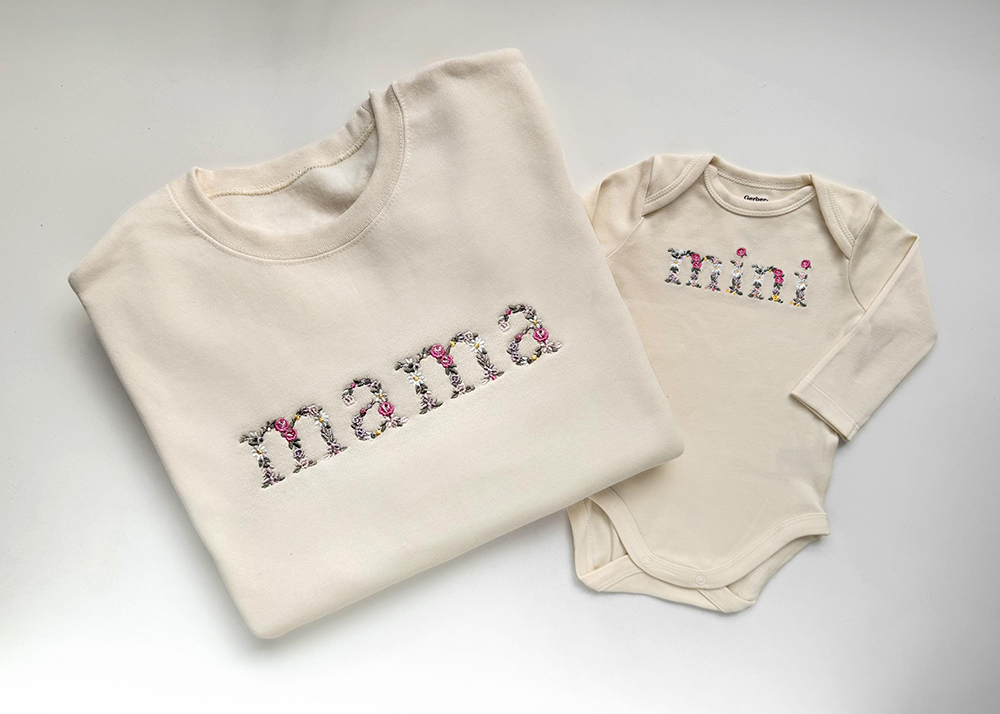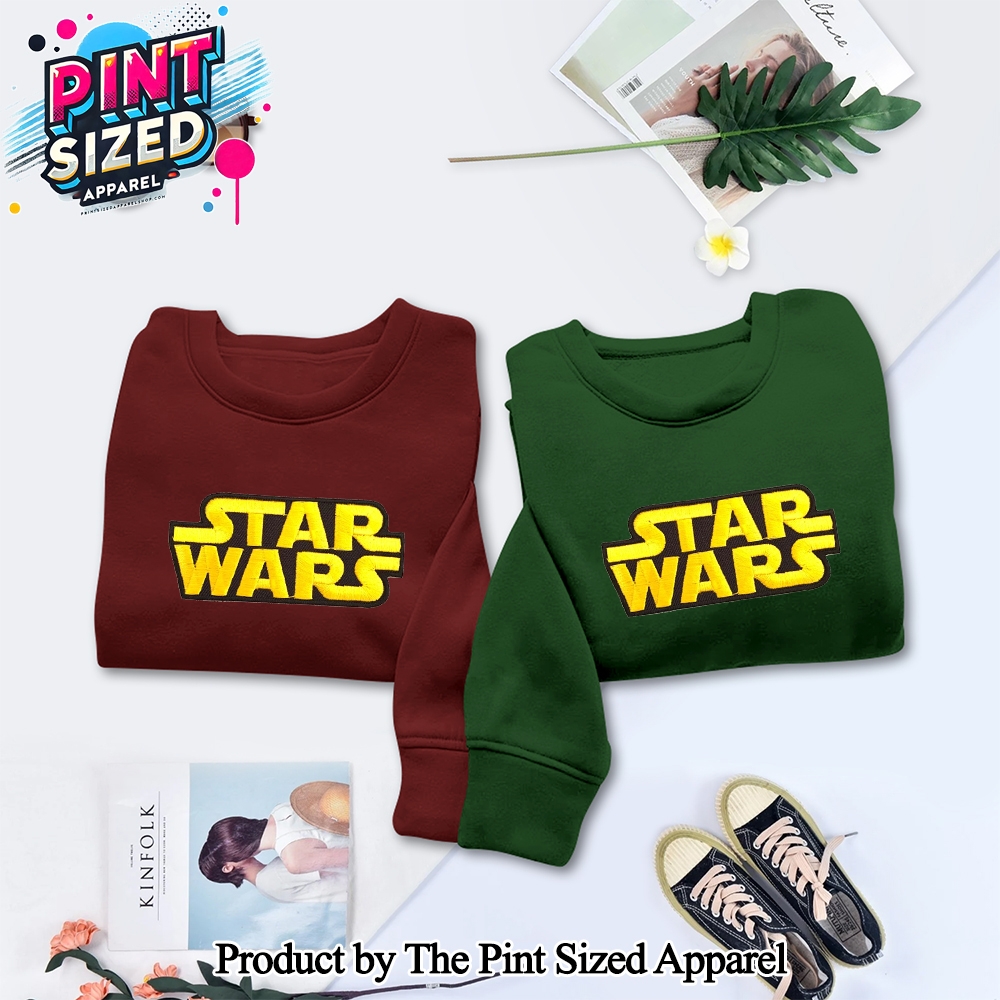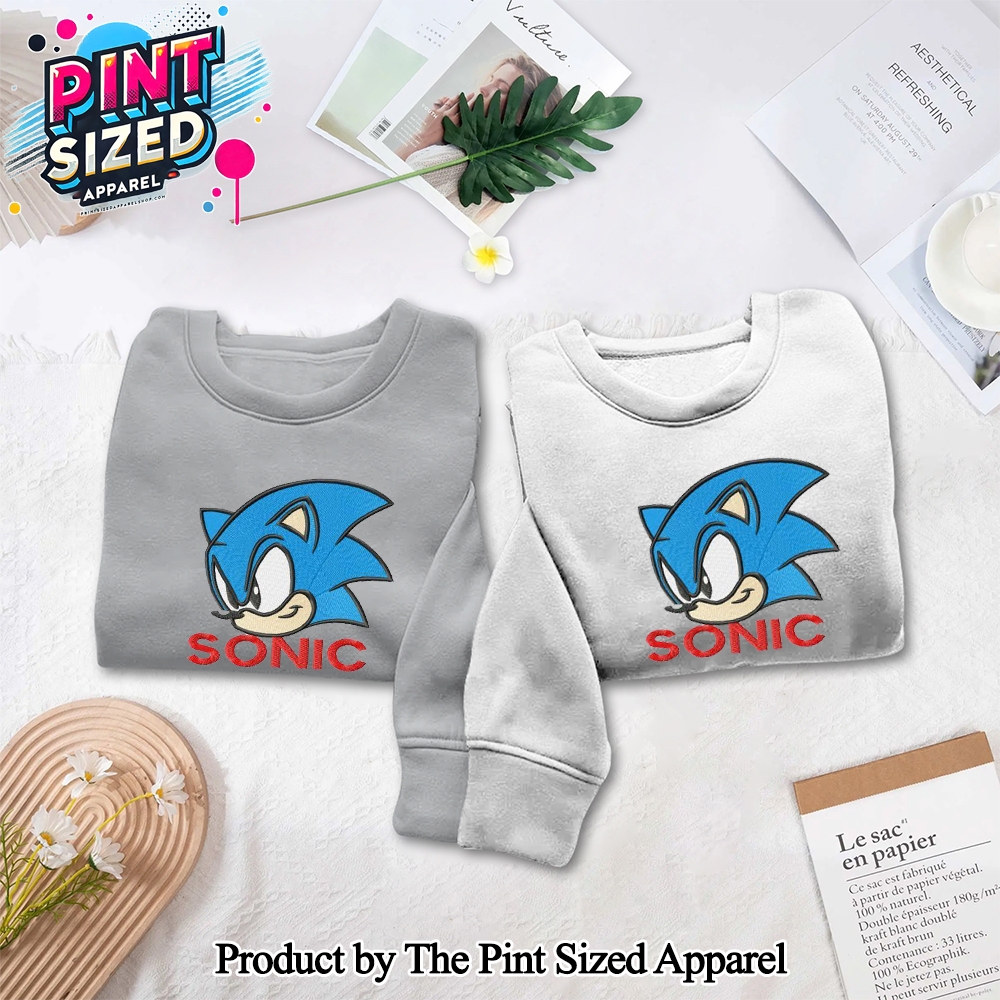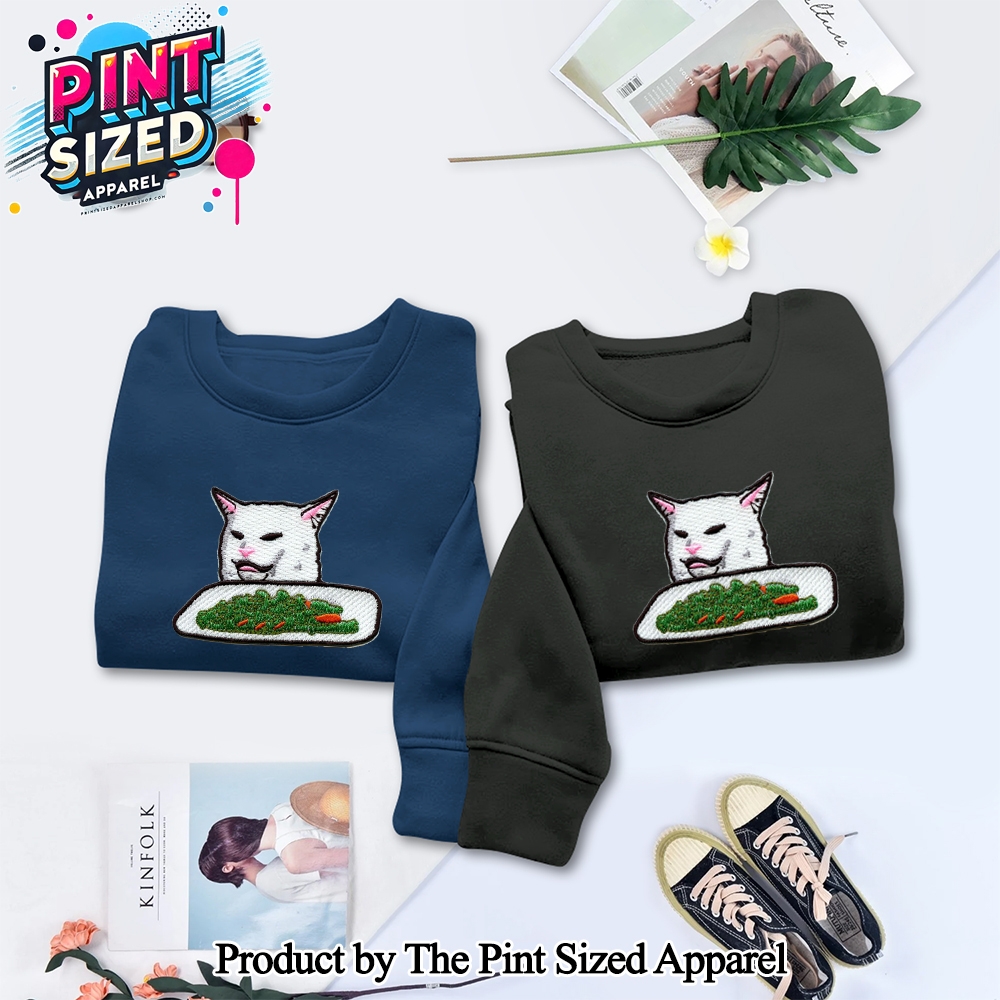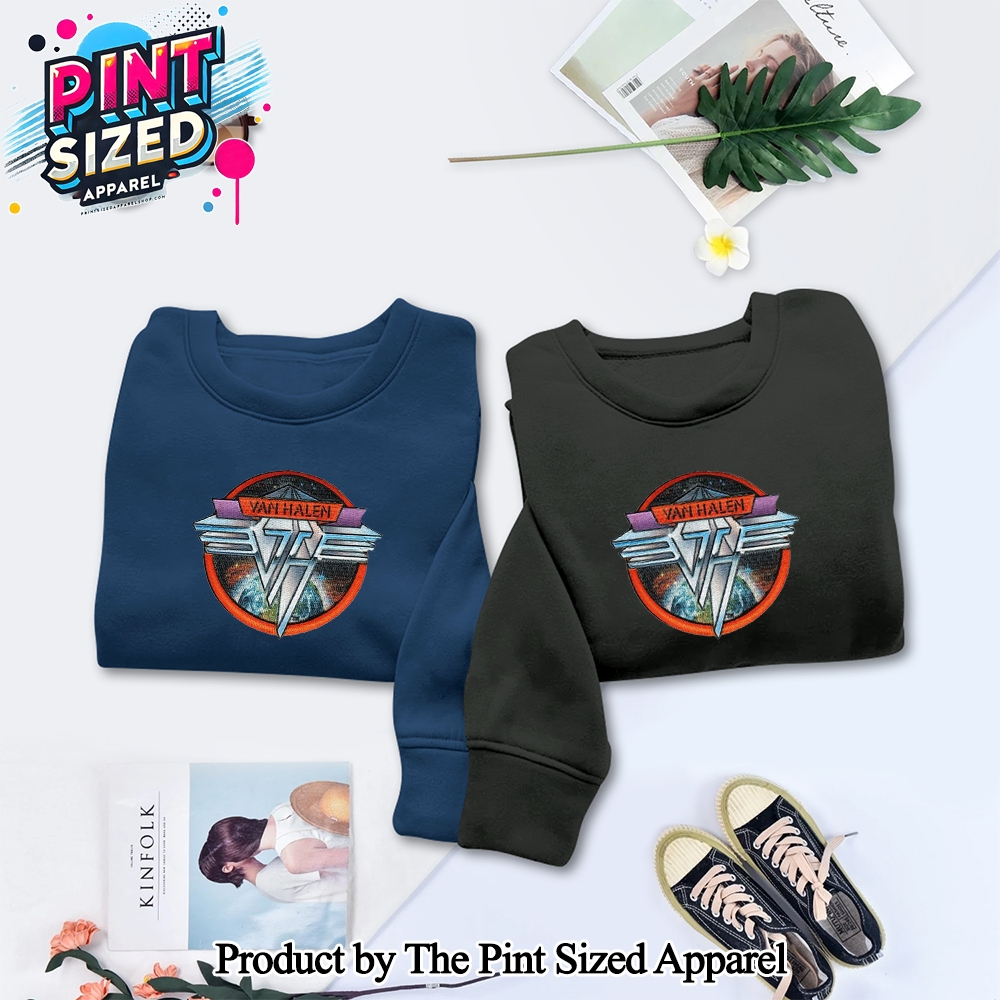Fashion News
More Than Just a Stitch in Time: Embroidery’s Modern Revival
In the twenty-first century, embroidery is making a big impression in everything from customized clothing to potent social criticism. With centuries-old roots, embroidery is currently enjoying a thriving resurgence. Embroidery in 2025 is a vibrant fusion of old techniques and modern expression, finding a place in fashion, art, and home décor. This isn’t merely a sentimental return to classic crafts.
A Vast Past Reimagined
For many years, embroidery has been used as a medium for both political and personal expression. From the daring stitching of the suffragette movement to elaborate family heirlooms handed down through the centuries, needle and thread have communicated ideas that go beyond simple beauty. In order to commemorate their heritage, share their tales, and express who they are, people and communities still use embroidery today.
Fashion’s Focus on Personalization
Personalization is replacing mass production in the fashion industry. Leading the way are companies like O Pioneers and With Nothing Underneath, which provide bespoke embroidery choices that let customers personalize their clothing. By turning clothes into individualized manifestations of style and individuality, this trend strengthens the bond between the wearer and their attire.
Embroidery as Social Commentary: Stitching a Message
Additionally, embroidery is becoming a potent medium for political and social criticism. To address urgent concerns, artists and activists are use needlework to create provocative pieces that alter views and start discussions. Hard-hitting themes and the medium’s natural gentleness are contrasted to great effect, drawing viewers in and promoting deeper engagement.
Using Embroidery to Promote Health
In addition to its artistic possibilities, needlework has several therapeutic advantages. The craft’s attention to detail encourages awareness and offers a peaceful diversion from the digital world. It is becoming more and more well-liked as a meditative pastime and stress-relieving exercise because of the tactile experience and the fulfillment that comes from making something physical.
Slow Stitches: Sustainability and Embroidery
The resurgence of embroidery fits in well with the expanding slow fashion and environmental movements. In sharp contrast to the quick fashion industry’s rapid-fire production cycles, hand-stitched products by their very nature demand time and talent. Along with enjoying the lessened environmental impact of slow fashion techniques, consumers are increasingly looking for handcrafted items that have a distinct appeal and a narrative to tell.
Home Accents with Embroidery
Embroidery has an impact in the home as well as in the wardrobe. Hand-embroidered tablecloths, wall hangings, and cushions provide living areas a unique and artistic touch. The desire to design houses that tell a narrative by displaying originality and workmanship through one-of-a-kind, handcrafted things is reflected in this trend.
The Prospects for Embroidery’s Future Are Bright
Embroidery seems to have a bright and exciting future. Over the next ten years, the global market for embroidered goods is expected to double in size, reaching an estimated $16.1 billion. Technological developments in digital embroidery and a persistent need for individualized, handcrafted goods are two of the causes driving this expansion.
A Classic Custom for the Present Era
Despite its ageless appeal, embroidery, a trade rich in history, is still evolving and adapting to modern trends. Embroidery has a special role in our cultural environment, whether it is utilized for therapeutic purposes, societal criticism, or personal expression. Its comeback is a reflection of our shared desire for uniqueness, authenticity, and deep relationships with the things in our lives.
Click on the images below to own designs
Contact us
Homepage: The PintSizedApparel Shop

